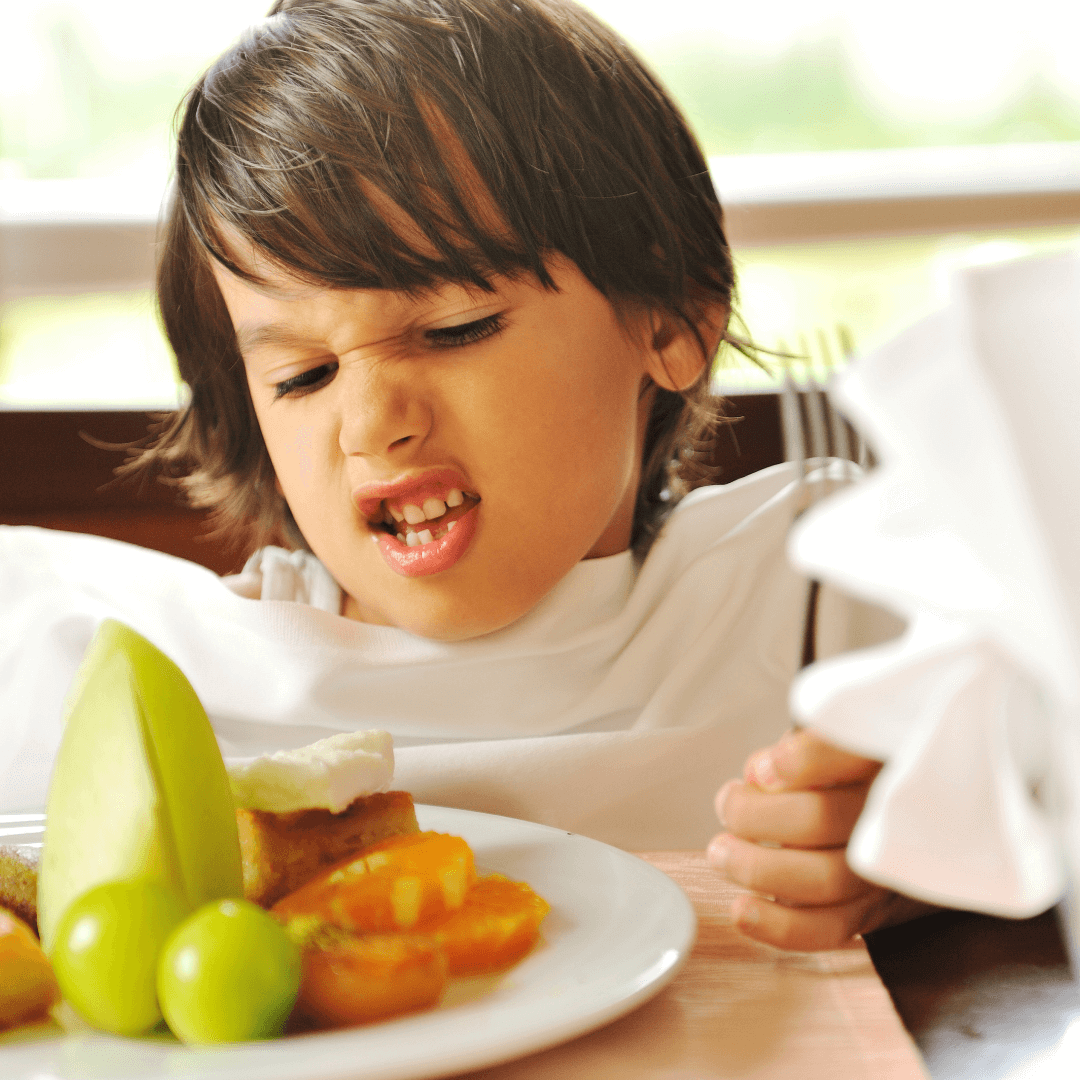
In the blog post "Why I Didn't 'Just Cut Off' My SPD Kiddo's Hair," the author addresses common advice given to parents of children with Sensory Processing Disorder (SPD) to simply cut their children's hair if they struggle with its care. The post emphasizes the importance of autonomy for SPD children, acknowledging that they often have limited opportunities for self-expression due to sensitivities to clothing and other stimuli. Allowing a child to choose their hairstyle can be a critical aspect of their identity and personal agency.
The author warns against the potential trauma that forced haircuts can induce, noting that SPD children already face significant fear and anxiety. A forced haircut can exacerbate these feelings, creating negative associations and increasing trust issues. This approach, while seemingly a quick fix, may ultimately lead to more significant emotional and psychological problems in the long term.
Instead of opting for drastic measures, the post advocates for finding better solutions that preserve the child's autonomy and trust. There are tools and strategies to make hair brushing and washing less stressful for SPD children, and it is perfectly acceptable if their hair occasionally looks untamed. By investing extra thought and time into addressing these challenges, parents can help their children manage sensory issues while maintaining their self-identity and confidence.
Read more...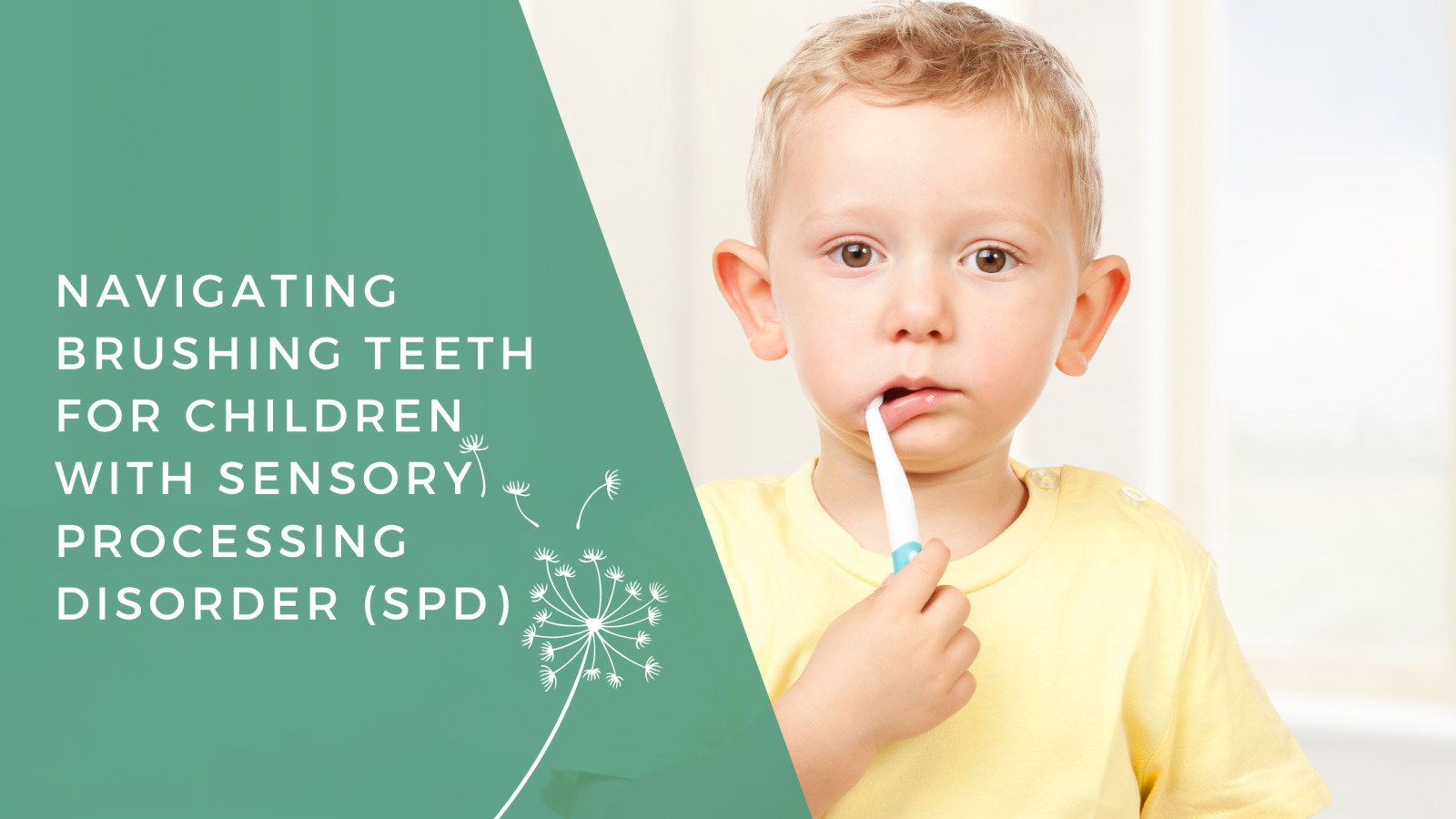
Tooth brushing can be particularly challenging for children with Sensory Processing Disorder (SPD) due to heightened sensitivity to textures, tastes, and sensations. Parents can support their children by understanding these sensitivities and using specially designed tools and strategies. Recognizing that refusals and meltdowns are responses to sensory overload is the first step, followed by employing the right tools and employing patient, creative approaches.
Meeting sensory needs before starting the nighttime routine is essential for children with SPD. This could include sensory exercises like jumping, swinging, or wrestling, which help children feel balanced and secure. Incorporating these activities can make unpleasant tasks like tooth brushing more manageable and less distressing for them.
Investing in special toothbrushes with soft bristles, gentle vibrations, and textured handles can significantly improve the brushing experience for children with SPD. Likewise, opting for sensory-friendly toothpaste that is flavor-free, non-foaming, and made from natural ingredients can also reduce discomfort. Making brushing fun with apps, role play, and visual cues like timers can turn this challenging activity into a more positive and even enjoyable experience. With understanding, specialized tools, and persistence, tooth brushing can become a manageable part of your child's daily routine.
Read more...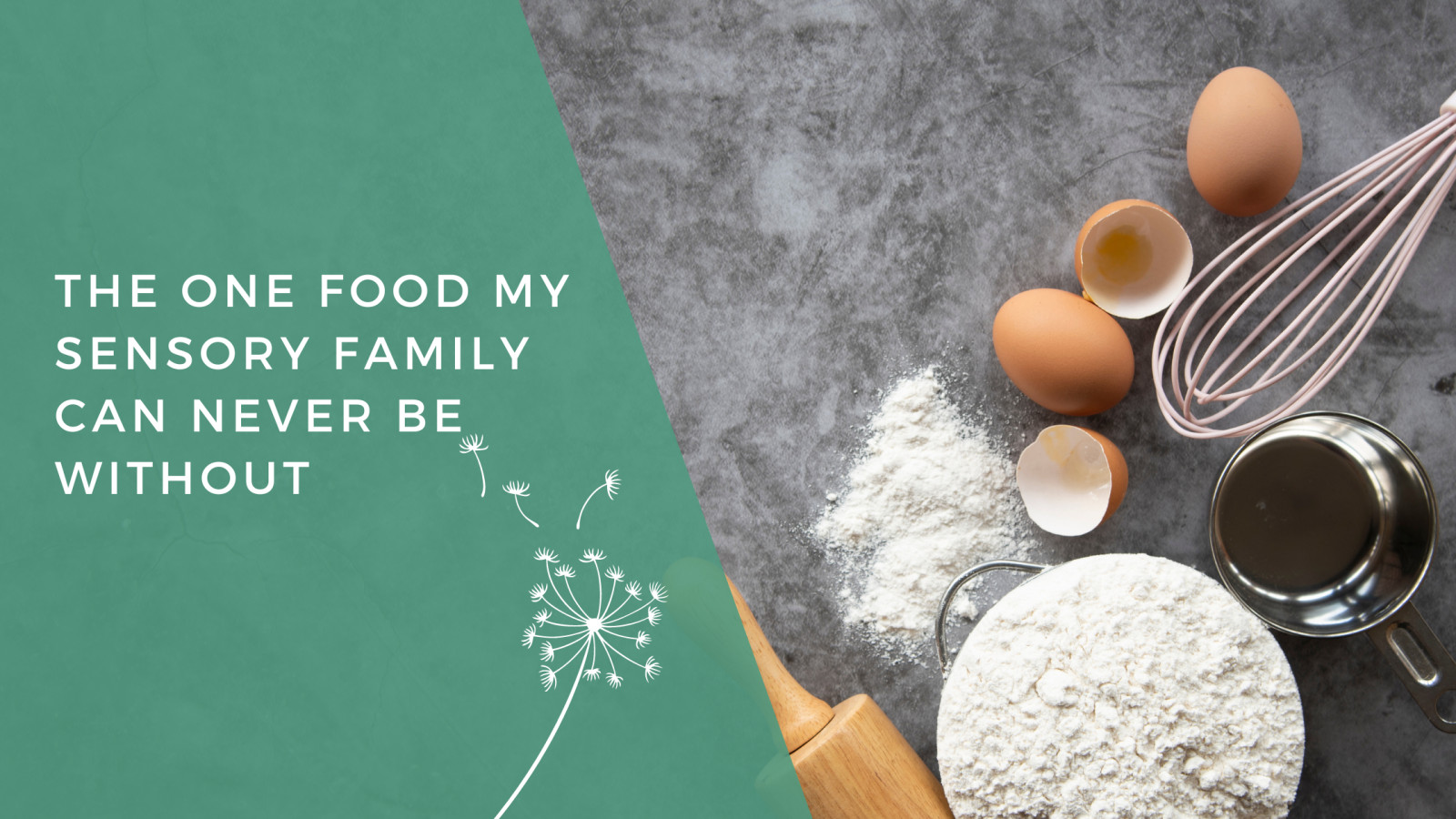
Struggling with sensory eating issues can be a challenge for many families, but muffins might be a game-changer. Incorporating a favorite food like muffins, which can be tweaked to suit different tastes and nutritional needs, has made a significant difference in our lives. Our go-to is a pumpkin chocolate chip version, which not only provides essential nutrients but also is enjoyed by everyone in the family.
Muffins are versatile; you can easily adapt them with flavors your child already likes while sneaking in extra vitamins and nutrients. They’re packed with over 18 grams of protein and can even hide extra fruits, vegetables, and supplement powders. This makes daily meals less of a battle, as they’re readily accepted by sensory-sensitive kids.
A few practical tips include using a high-protein pancake mix as a base, substituting ghee for butter for a lactose-free option, and investing in silicone muffin tins for eco-friendliness and easy cleaning. Preparing them in bulk and freezing a batch ensures you always have a quick, nutritious breakfast ready. Try out different flavors to see which ones your sensory kiddo enjoys most and watch them savor a meal you can feel good about.
Navigating the challenges of having a sensory-sensitive child can be tough, especially at mealtime. However, one versatile food has become a lifesaver for our family: muffins. Packed with over 18 grams of protein and essential vitamins, these muffins cater to my child’s sensory needs and offer a sneaky way to include fruits and vegetables in his diet.
Muffins are perfect for kids who tolerate soft bread textures and can be customized to suit their flavor preferences, whether it's chocolate, blueberry, or banana. Our family's favorite is pumpkin chocolate chip muffins, which not only taste delicious but also provide a nutritious option for breakfast, lunch, snacks, and even dessert. The recipe allows flexibility in ingredients, making it easier to introduce new flavors or hide multigreen supplements.
Using a high-protein pancake mix as a base, along with ingredients like applesauce and ghee, ensures the muffins are nutritious and easily digestible for my sensory child. Silicone muffin tins have become our go-to for an eco-friendly, easy-to-clean baking solution. This muffin recipe has become an essential part of our routine, making busy school mornings manageable while ensuring my child gets the nutrients he needs.
Read more...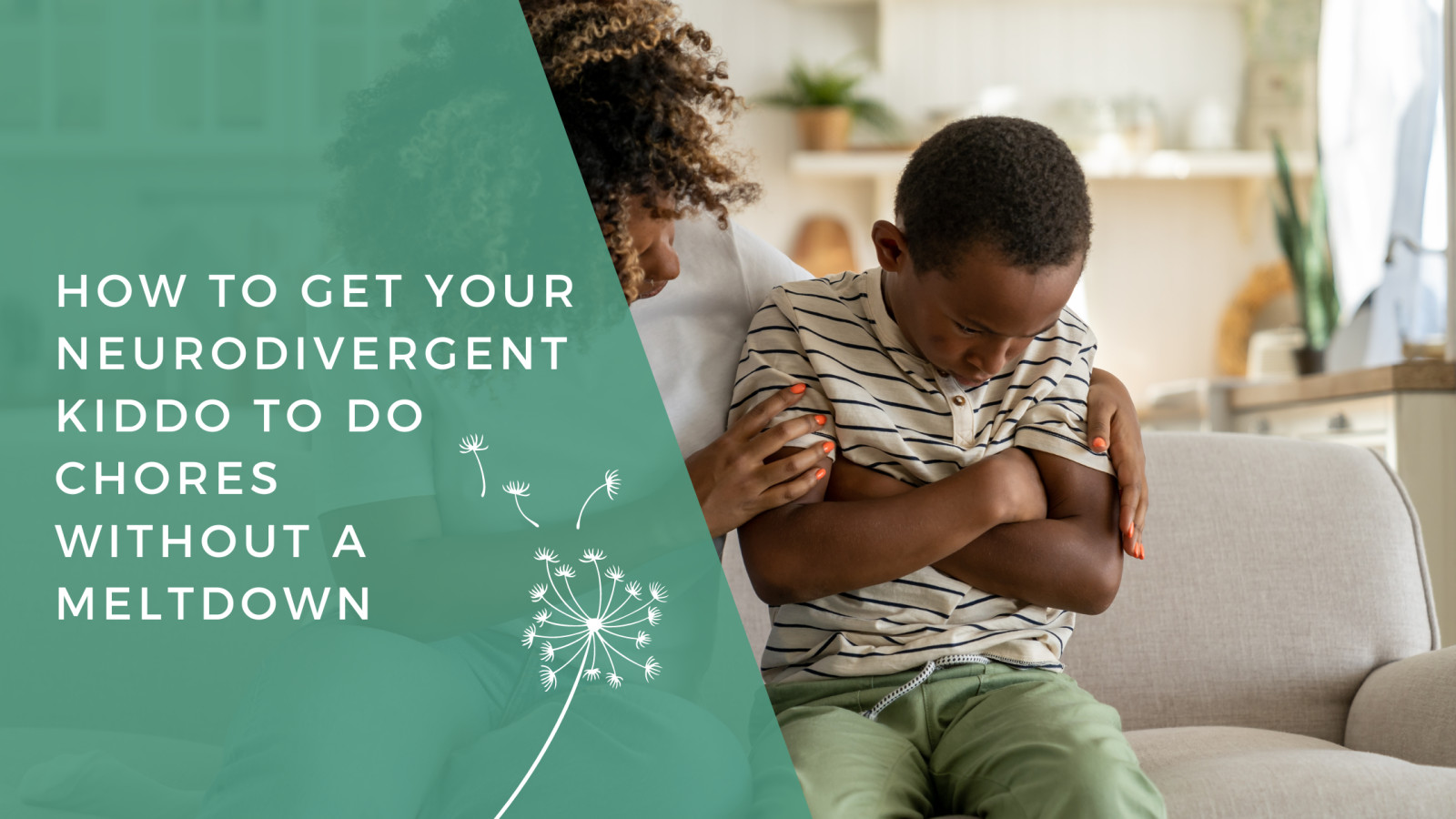
Managing chores for neurodivergent children can often lead to overwhelming situations and meltdowns. This blog post outlines three simple and effective steps to help your child with ASD complete household tasks like putting away laundry, cleaning their room, and doing the dishes. By compartmentalizing tasks, utilizing time chunks, and giving breaks, you can create a manageable and predictable chore routine that meets their sensory needs.
Step 1 involves breaking down large chores into smaller, easily understandable tasks. This helps children understand what needs to be done without feeling overwhelmed. For example, instruct your child to "Find all the socks and underwear and put those away" rather than a vague directive like "clean your room."
Time chunking is Step 2, where you set a specific amount of time for each small task, making the overall chore seem more achievable. A visual or audible timer can be helpful, and rewarding any leftover time can motivate your child. Lastly, Step 3 emphasizes the importance of breaks, equal to the time spent working on the chore, which helps your child feel rewarded and reduces resistance. These strategies can transform how chores are approached, resulting in fewer meltdowns and a more harmonious household.
Read more...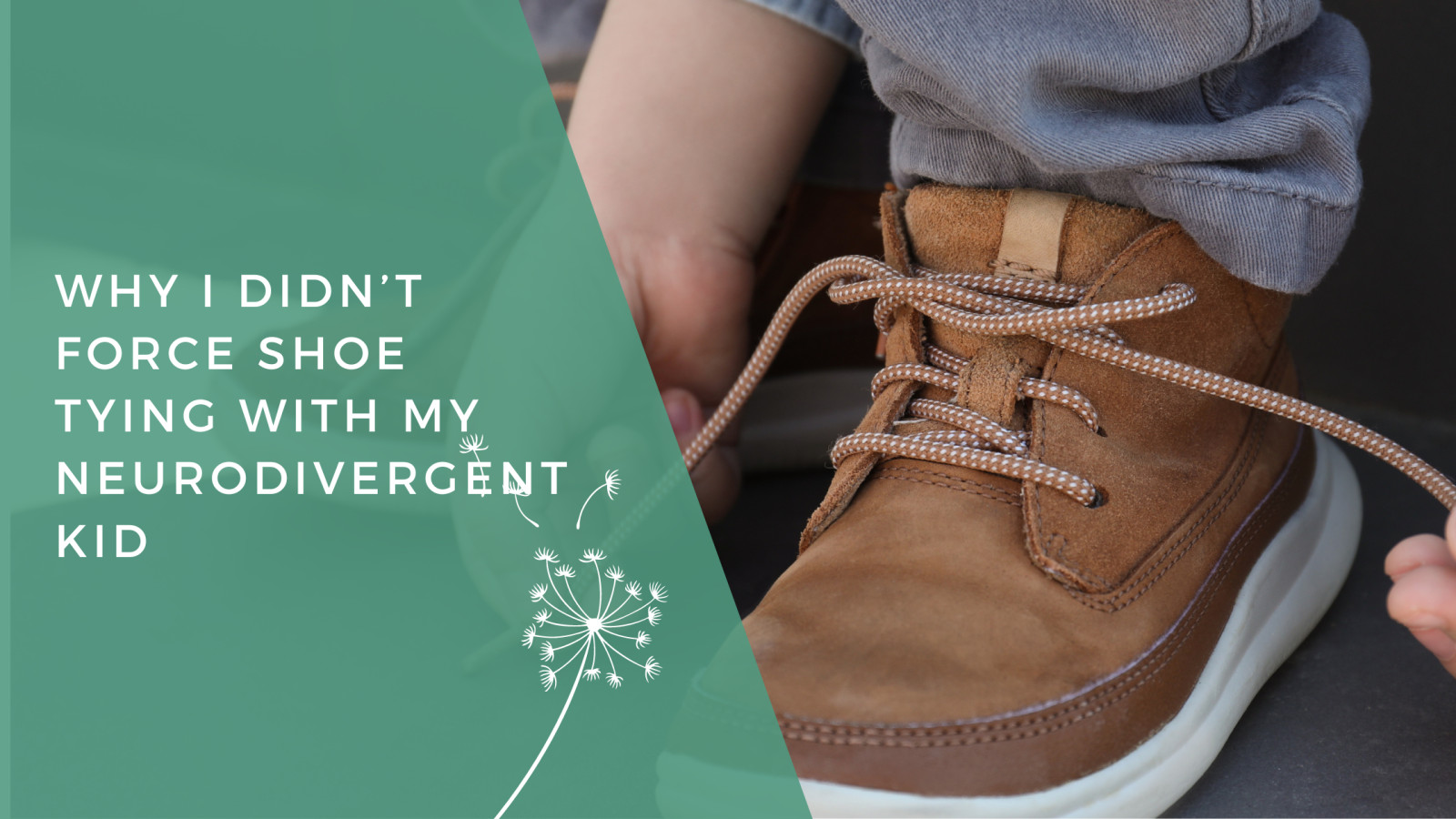
In a world full of developmental milestones, tying shoes doesn't always rank high, especially for neurodiverse children. The pressure to meet certain age-specific skills can sometimes overshadow a child's unique pace of growth. While undiagnosed fine motor skills issues or processing disorders might necessitate intervention, for those with known diagnoses, forcing shoe tying can lead to frustration and unnecessary stress.
Most school readiness checklists emphasize the importance of tying shoes, but as an educator and parent, I’ve seen this standard create undue pressure. Not being able to tie shoes doesn’t reflect a child's intelligence or potential. Opting for no-tie shoes can reduce daily stress for both parents and children, allowing room for their other strengths to shine.
When my son struggled with shoe tying, I provided alternatives until he developed the necessary coordination. Today, at 12, he tied his shoes for the first time, but his delay never hindered his academic or social achievements. Ultimately, compassion and self-love are far more important skills, and children will master tasks like shoe tying when they’re truly ready.
Read more...



